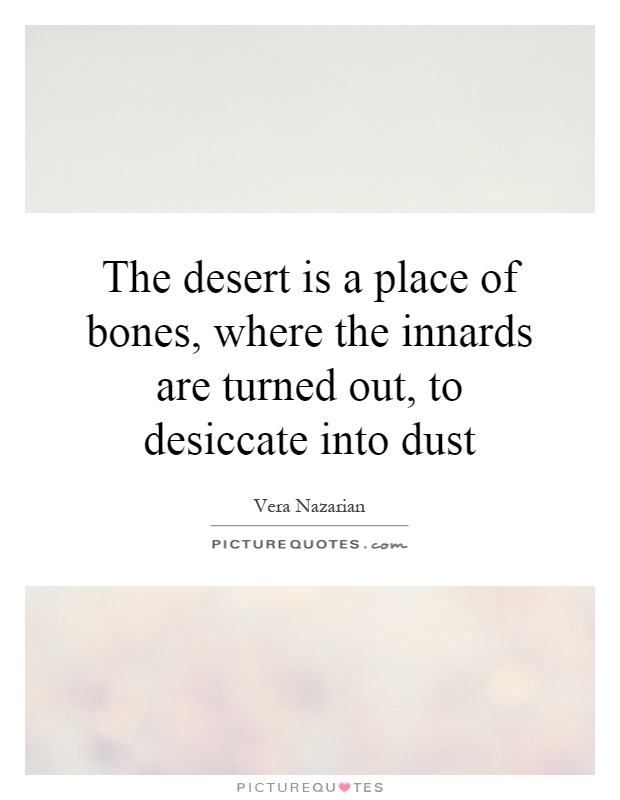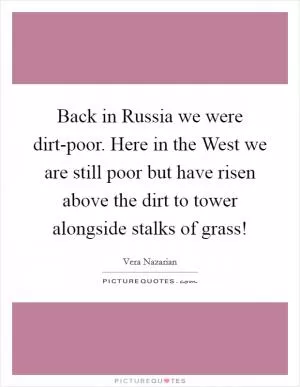The desert is a place of bones, where the innards are turned out, to desiccate into dust

The desert is a place of bones, where the innards are turned out, to desiccate into dust
Vera Nazarian, a talented writer known for her vivid descriptions and poetic prose, often uses the desert as a metaphor for the harsh realities of life. In her work, she paints a picture of the desert as a place of bones, where the innards are turned out and left to desiccate into dust. This imagery is powerful and evocative, capturing the essence of the desert as a barren and unforgiving landscape.The desert, with its vast expanses of sand and rock, is a place of extremes. It is a place where life struggles to survive, where the sun beats down relentlessly and water is scarce. In this harsh environment, the bones of long-dead creatures lie scattered across the landscape, bleached white by the sun and picked clean by scavengers. The innards of these creatures, once full of life and vitality, have been exposed to the elements and left to dry up and crumble into dust.
Nazarian's use of this imagery serves to highlight the fragility of life and the inevitability of death. In the desert, where the cycle of life and death is laid bare, there is no room for illusions or false hopes. The harsh reality of the desert forces us to confront our own mortality and the impermanence of all things.
But there is also a beauty in Nazarian's depiction of the desert as a place of bones. In the starkness of the landscape, there is a kind of purity and simplicity that is both awe-inspiring and humbling. The bones of the desert serve as a reminder of the passage of time and the impermanence of all things, but they also speak to the resilience of life and the enduring power of nature.












 Friendship Quotes
Friendship Quotes Love Quotes
Love Quotes Life Quotes
Life Quotes Funny Quotes
Funny Quotes Motivational Quotes
Motivational Quotes Inspirational Quotes
Inspirational Quotes